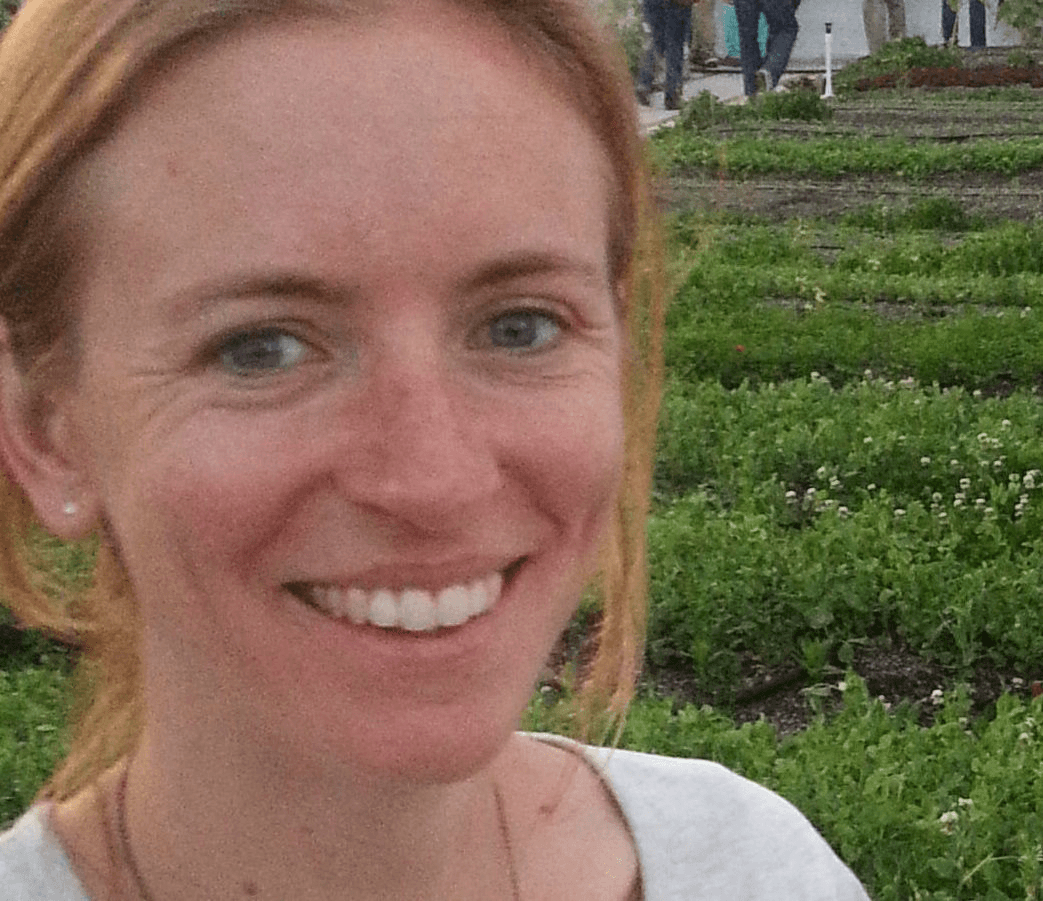How is it that the days feel so long, but the years so short? Thomasin Sleigh writes about the parenting journey – the minutes, weeks, years and the “non-time”.
Minutes
A pregnancy test. Wait. You have to wait two minutes before you look at the slender lines. Lines which signify a new human being. Inside of you. Holy shit. You could be anywhere: sitting on your friend’s bathroom floor; on the toilet at home, it’s a sunny Saturday and outside you can hear your neighbour mowing their berm—they were a baby once, they started out as a collision of cells inside another person, and now look at them, absorbed in trimming their berm; or you could be in a flimsy cubicle at work, a plastic wand sitting on top of a metal toilet paper dispenser. Don’t look at it. You have to wait two minutes. Those two minutes warp and stretch out ahead of you. They are minutes made up of innocent seconds, but those seconds pass with a syrupy slowness. What else is there to look at? Only the grey walls and the fluorescent light above you. You check your phone and it’s only been one minute, but you look at the test anyway: a blue cross. Starkly conclusive. But is it really true, this obdurate blue cross, since you haven’t waited the stipulated two minutes? A cross = a new person, so it’s important to get this right. You stare at it, absorbing this equation. Someone comes into the cubicle next to you; the door clangs closed, and you hear the thin trickle of their pee.
Weeks
These two minutes are followed by the unit of weeks. There is the primary question: how many weeks along are you? Forty weeks is the deadline you are skimming (or plodding) towards. The weeks are broken down into trimesters: week twelve, week twenty-seven, week forty. How do you visualise the time? A grid? A dotted line? A flip chart? Perhaps you are synesthetic, and the trimesters each have their own colour. The first trimester could be a dusty pink, an internal pink, the pink of the imagined activity in your uterus, or the inside of a cat’s mouth.
However the time appears, of more pressing concern is how many weeks until you stop feeling sick. The prognoses vary. Some women are sick for twelve weeks, some are sick for forty, some are sick for zero weeks. Being sick is purportedly a good sign because it means that you are filled with hormones and your body is doing what it needs to do for your baby to grow. This is a good sign, you tell yourself, when you are throwing up in your mum’s garden, next to the emergent dahlias.
You come to realise that pregnancy is holding two contradictory positions simultaneously: a good sign manifests itself in feeling awful and every moment of elation has a shadow of worry. Similarly, time moves both fast and slow, the days of sickness are clouded, and inch by, and then suddenly you are forty weeks pregnant and the baby is arriving today.
Days
Why isn’t the baby here today? Your due date has been so firm and understandable throughout the pregnancy, a nice tidy number around which you could organise your life: when you would finish work, when your mum could come down and meet the baby, and when you were supposed to stop feeling sick. Now, the date drifts away behind you like a lost hat and every new day unspools ahead of you. Lying in bed in the morning you are faced with two possibilities: today could be the day you produce a new human being or today could be the day you wipe down the sticky shelves under the kitchen sink.
[sam id=”9″ codes=”true”]
At a check up with the midwife, you listen to the baby’s heartbeat inside of you, its squelchy pulse measuring out the seconds. The baby is counting too. Sometimes the baby hiccups and this strikes up a counterpoint: one, two, one, two. “Any day now,” the midwife says. Any day. But not today, or today, or today.
Non-time
And then you’re in labour and you’re counting again. The time between the contractions is just as important as the contractions themselves. It’s like a trompe l’oeil image which shows two wine glasses or two faces looking at each other, depending on which way you look at it—two contradictory positions held simultaneously. Except the labour is a lot more painful than a trompe l’oeil image. It’s a new pain; it has dips and spaces and jagged edges and the contractions roll through you. Would the pain be as bad if the space in between didn’t exist? If it were one unending plateau of pain? It’s hard to conceive of any person being able to contend with such unremitting agony. The time in between is both a rest and a terror, because you know the next contraction will arrive and you can’t escape it.
In the deepest, darkest place of the labour, there is no time. There are others who will tell you with confidence: “It was two hours”, or, “It took half an hour.” But there is no time in this place. There are no other people. There is just your body, the relentless logic of the contractions, and the spaces in between. Like a morse code of pain: long, short, long, short, long…
No history
Your baby appears and it has no history. It has been inside of you, waiting to emerge, accumulating its in utero weeks, where your time and its time were inextricable. But now, here, screaming and slimy, it is beginning its very own timeline, distinct from you and your body. Your lives are two parallel lines which will never meet.
It is probably inadvisable to think about Sylvia Plath, but you think of the first line of her poem Morning Song, “Love set you going like a fat gold watch.” If you want to run with this simile, and the baby is a watch, then the organs are its cogs, and now that the baby is its own being, they are all starting up. The circulatory system kicks into gear and the lungs fill with their first breaths of air, valves are closing in the heart and blood is flowing in different directions. The heart chugs blood through its new channels, the metronome of the baby’s life.
Nights and days
The baby, having been buoyant in the darkness of your womb, sees no distinction between night and day. Your previous twenty-four hour patterns are upended and take on new meanings and structures. Six o’clock in the evening isn’t a time for a glass of wine and sitting on the couch, it is one of the most intense times of the day: the baby cries and feeds, and cries and feeds, and refuses to sleep. Eight-thirty on Sunday morning isn’t a time for sleeping in, or finishing your book; the baby is awake and needs something from you: a feed, a change, a burp, or to grip tightly to your index finger with its delicate but firm hand.
When you were at work, the tetris-like blocks of your Outlook calendar may have determined your day’s structure, but now the days are mapped around the baby’s naps. The baby falls asleep. Time check: ten-thirty. You probably have forty-five minutes to get something done, have a shower, or empty the dishwasher, or work on your essay about babies and time. The day is dispensed to you in small parcels of baby-sleeping time, and larger parcels of baby-awake time, when the baby drools and wriggles its new body around.
The baby’s cries wake you in the night. As you drag yourself awake, rising up from the depths of your sleep, the big question rises with you: what time is it? The answer sort of matters, and sort of doesn’t. It matters because you either had a life-saving three hours sleep, or it’s only been twenty minutes since you carefully laid the sleeping baby down, slowly, slowly, so as not to wake it. But it doesn’t matter as well, because you have to do the same things, regardless of the time. You need to check the baby, feed it, cuddle it, change its nappy, and repeat, and repeat—keep clicking through the spin cycle of the newborn.
Years
After the baby is born, you use days to tell other people your baby’s age, then you say the weeks, then the months, and then your baby has accumulated a whole year, and this becomes the most useful unit for measuring a human’s existence.
What if we continued to use days to determine how old we are? This person is 11,680 days old. Or weeks? This person is 1,668 weeks old. The numbers are too big and ungainly, there’s no way we could keep track of the rapidly amassing time. As you age, the detail of hours and days drifts away and it is easier to pin events to the arc of a whole year. “That was the year that I had that terrible hair cut,” you might think. Or, “We got together some time in 2003.”
But when the baby is just starting out, at the very beginning, every day is significant and no other unit of measurement will do. “He’s just ten days old,” you say when your aunt comes to visit, and you both look down at the baby, swaddled and calm, its eyelids a soft pink. “You’ll blink,” your aunt says, “and he’ll be eighteen and finishing school. It happens to fast. You need to appreciate this time, because it is gone before you know it.” It’s easy to feel this appreciation when the baby is feeding contentedly and you reach out and stroke the downy hair on its head. It’s harder at three o’clock in the morning when the baby spews in your bed.
How does such a small, vulnerable creature have such a radically disruptive effect on time? There are periods when the baby is like an outboard motor, rocketing both of you into the future, it’s suddenly Friday and the week has disappeared through your fingers. Then there are periods when time stutters, stalls, and slinks by; the baby has fallen asleep on you after a feed and you sit and watch its sleeping face. As your aunt suggested, you blink, and when you open your eyes the baby is still there, it isn’t eighteen years old, it’s just a little baby with a plump milk-drunk face; a small, sleeping clock; a human reminder of the passing of time.
Thomasin Sleigh is a writer with a focus on contemporary art and culture who has written for galleries and magazines throughout Australasia. In 2014, this writing morphed into long-form fiction when her debut novel Ad Lib was published by Lawrence & Gibson.
Follow the Spinoff Parents on Facebook and Twitter.


